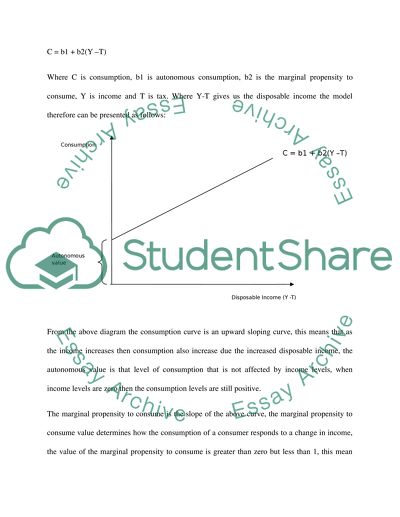Cite this document
(“The Autonomous Value of Savings and the Marginal Propensity Research Paper”, n.d.)
The Autonomous Value of Savings and the Marginal Propensity Research Paper. Retrieved from https://studentshare.org/macro-microeconomics/1509399-macroeconomics-degree-essay
The Autonomous Value of Savings and the Marginal Propensity Research Paper. Retrieved from https://studentshare.org/macro-microeconomics/1509399-macroeconomics-degree-essay
(The Autonomous Value of Savings and the Marginal Propensity Research Paper)
The Autonomous Value of Savings and the Marginal Propensity Research Paper. https://studentshare.org/macro-microeconomics/1509399-macroeconomics-degree-essay.
The Autonomous Value of Savings and the Marginal Propensity Research Paper. https://studentshare.org/macro-microeconomics/1509399-macroeconomics-degree-essay.
“The Autonomous Value of Savings and the Marginal Propensity Research Paper”, n.d. https://studentshare.org/macro-microeconomics/1509399-macroeconomics-degree-essay.


